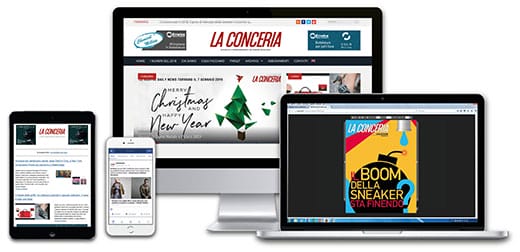On Thursday afternoon, the Sala Matteotti at the Italian Chamber of Deputies hosted the presentation of The Tannery of Pompeii – Regio I, Insula 5, a publication by UNIC – Italian Tanneries and Lineapelle. The volume, rich in both text and imagery, recounts the long and meticulous restoration of the ancient tannery discovered in Pompeii in 1873. The project — both archaeological and cultural — led to the reopening of the site, made possible through a virtuous model of public-private partnership. A large-format book, refined in both form and content, it transforms a conservation initiative into an emotive and identity-driven narrative of Italy’s leather tanning sector.
The Tannery of Pompeii
The restoration work, launched in 2008 and culminating in the site’s reopening in June 2023, is the result of collaboration between UNIC, Lineapelle and the Pompeii Archaeological Park. It demonstrates how private entities can play an active role in heritage conservation. This was emphasised by the President of the Chamber’s Culture Committee, Federico Mollicone, who remarked: “This volume shows how the private sector’s commitment to protecting cultural heritage can lead to tangible benefits for the wider community. It is not a one-off intervention, but a strategic investment, carried out in accordance with the principle of subsidiarity enshrined in the Constitution”. The event was opened by Hon. Gerolamo Cangiano of the 7th Committee (Culture, Science and Education).
Tanning tradition as living heritage
Fabrizio Nuti, President of UNIC, explained the motivation behind supporting the project: “Pompeii gives us back the deeper meaning of an ancient craft — refined over time, yet still true to its essence. It is a symbol of our know-how, handed down and constantly renewed”. Gabriel Zuchtriegel, Director of the Archaeological Park, highlighted the power of archaeology as a tool for dialogue with the world of production: “The Pompeii tannery tells a story of interconnectivity between ancient trades. Today, that interaction continues with the modern world, in a virtuous exchange of values”. Giuseppe Scarpati, archaeologist at the Archaeological Park, presented the technical aspects of the restoration.
A book as collective storytelling
The event concluded with Luca Fumagalli, editor of laconceria.it, who outlined the editorial process behind the book: “We felt compelled to tell this story because it wasn’t over. It became a cultural journey through time and through our work — a story of identity for the entire sector”. The book, the result of in-depth research and supported by detailed photographic documentation, is now at the heart of a series of presentations across Italy and abroad. It stands as a tangible symbol of a commitment that brings together conservation, tradition, and the future. Much more than a restoration — it is living proof that the past can guide the future.











